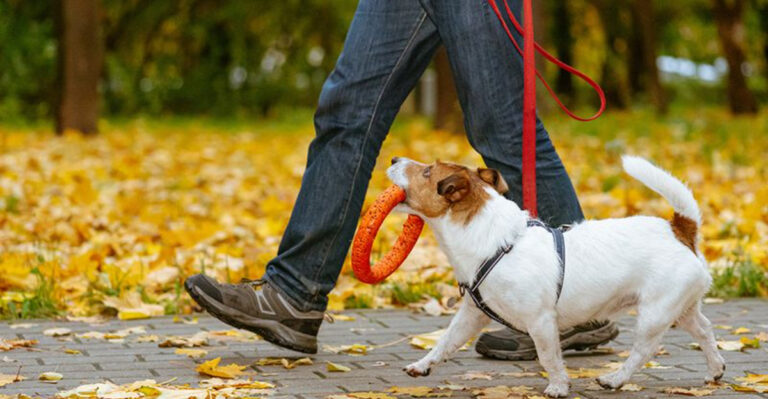7 Things Dogs Love That Most Owners Don’t Do Enough And 7 Things That They Secretly Wish You’d Stop Doing
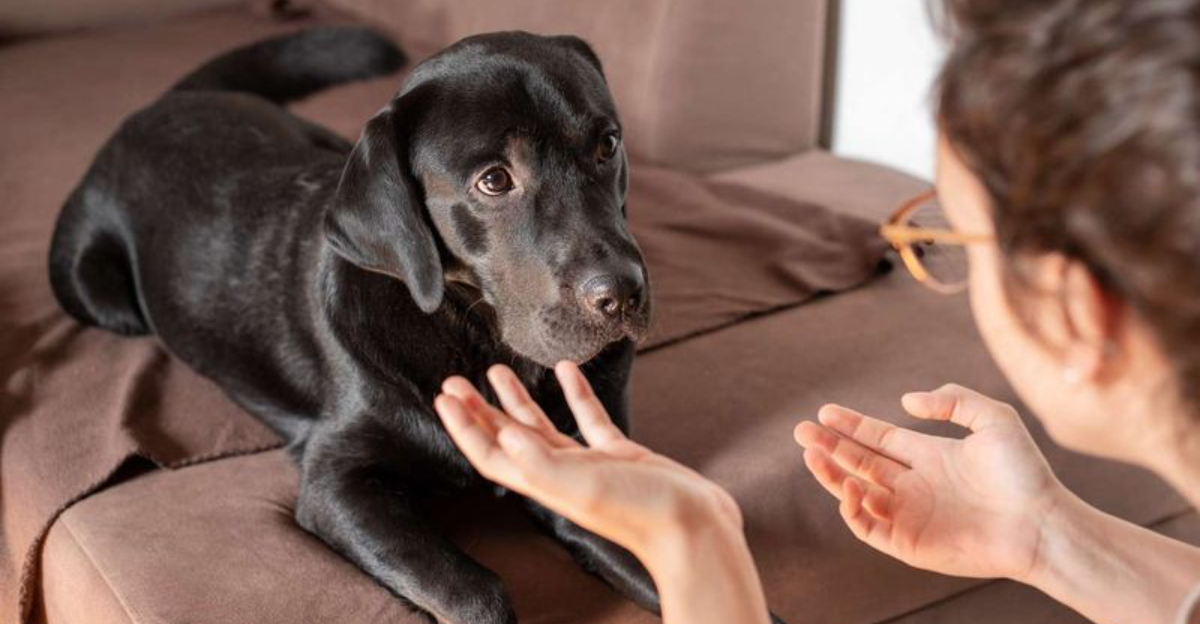
Ever wonder what’s going on in your furry friend’s head? Our canine companions have their own likes and dislikes that often go unnoticed.
Understanding what makes your dog’s tail wag – and what makes them hide under the bed – can transform your relationship. Here’s a peek into your pup’s secret wish list.
1. Sniff Adventures
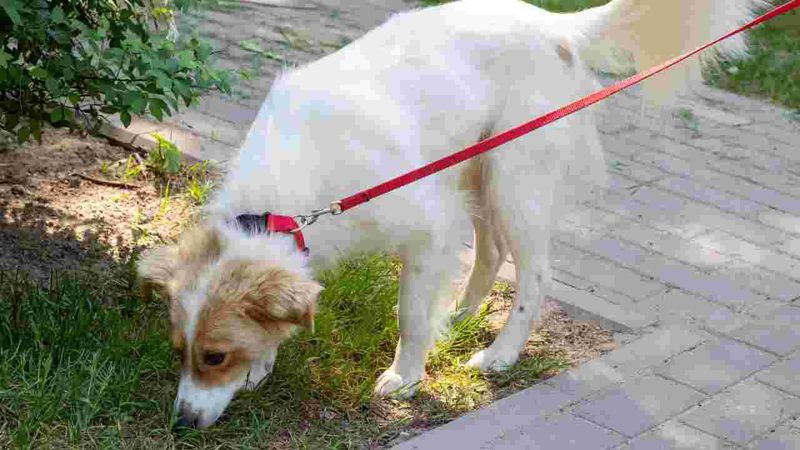
Those neighborhood walks aren’t just potty breaks – they’re sensory expeditions! Your dog experiences the world primarily through scent, not sight.
Allowing extra sniffing time lets them gather crucial information about their environment. It’s like letting them read the daily newspaper of who’s been around and what’s happening in their territory.
2. Mental Workouts
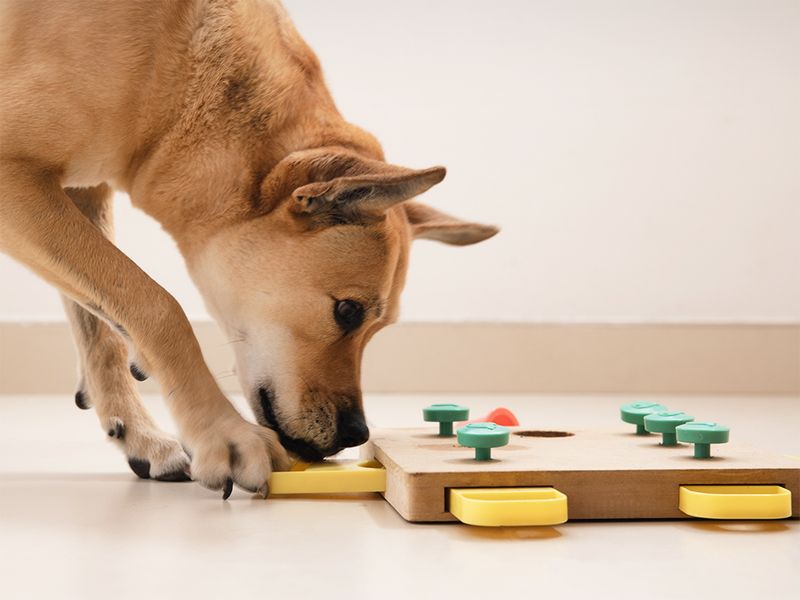
Bored dogs become destructive dogs! Puzzle toys and training games stimulate their brain and prevent behavior problems.
Just five minutes of mental challenge can tire them out more than a 30-minute walk. Try hiding treats around the house, teaching new tricks, or investing in food puzzles that make them work for their kibble.
3. Consistent Boundaries
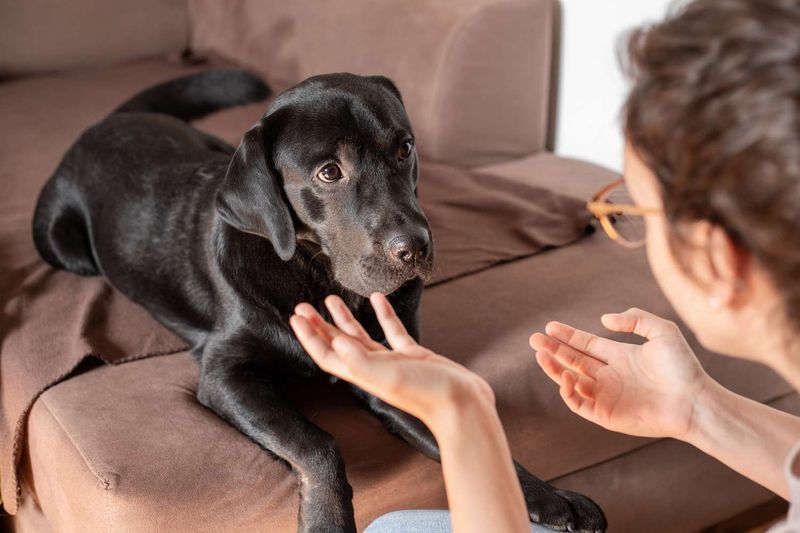
Surprise! Your dog actually craves rules and structure. Clear, consistent boundaries make them feel secure and understood.
When rules change daily (allowed on couch Monday, scolded for it Tuesday), it creates confusion and anxiety. Establish family-wide rules about furniture, begging, and commands, then stick to them like glue.
4. Solo Downtime
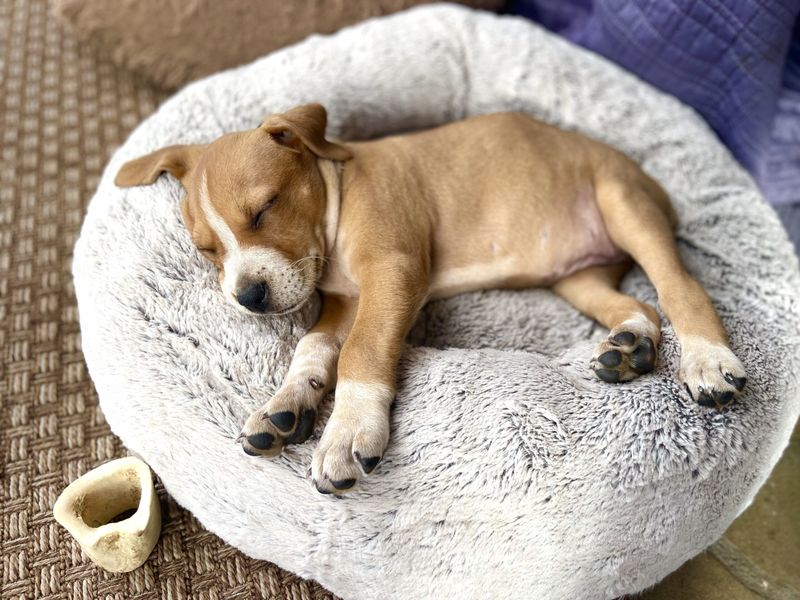
Constant attention isn’t actually what dogs want. They need regular periods of uninterrupted rest without human interference.
Many dogs sleep 12-14 hours daily and need additional relaxation time. Create a quiet space where your pup can retreat when they need a break from activity and interaction. Respect this space as their sanctuary.
5. Canine Social Gatherings
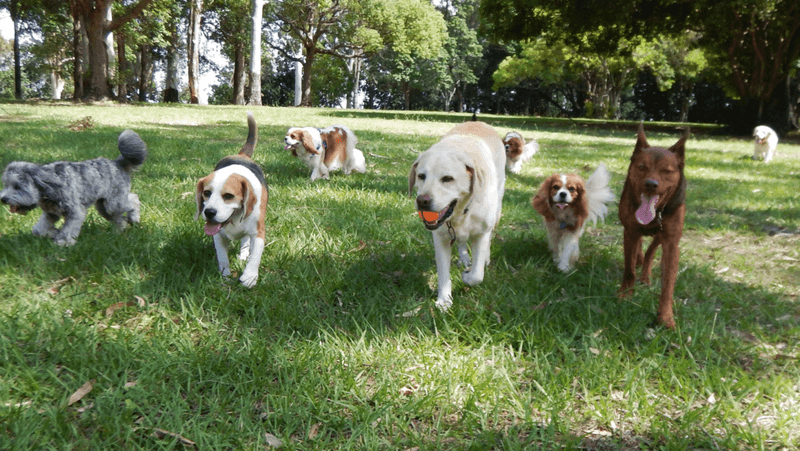
For social dogs, playdates aren’t luxury – they’re necessity! Dog-dog interaction teaches crucial communication skills and provides exercise.
Without proper socialization, many dogs develop fear or aggression toward their own kind. Arrange regular meetups with compatible canine friends in neutral spaces like parks, where they can play, wrestle, and practice their dog language.
6. Nose-To-Tail Health Checks
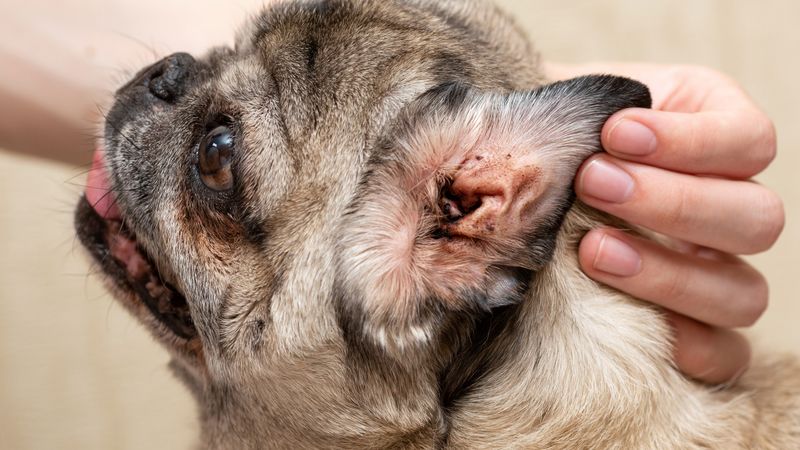
Weekly home check-ups catch problems before they become serious! Run your hands over your dog’s entire body, feeling for lumps, cuts, or tender spots.
Check ears for redness or odor, look at teeth for tartar buildup, and examine paw pads for cracks. These regular inspections not only spot health issues early but also build trust and comfort with handling.
7. One-On-One Training Sessions
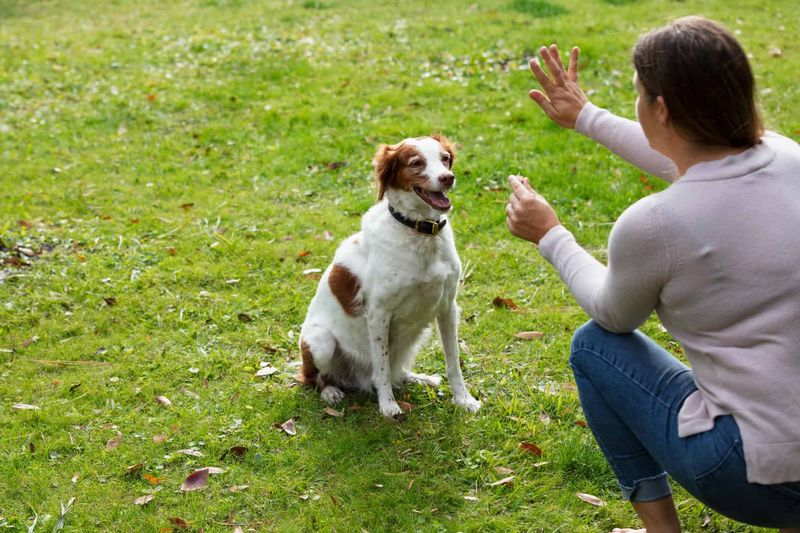
Quick, positive training moments strengthen your bond like nothing else. Dogs thrive on learning and earning rewards from their favorite humans.
Even five minutes daily of focused training keeps their mind sharp and reinforces your leadership role. Focus on one skill at a time, use high-value treats, and always end on a successful note to keep their confidence high.
8. Excessive Hugging
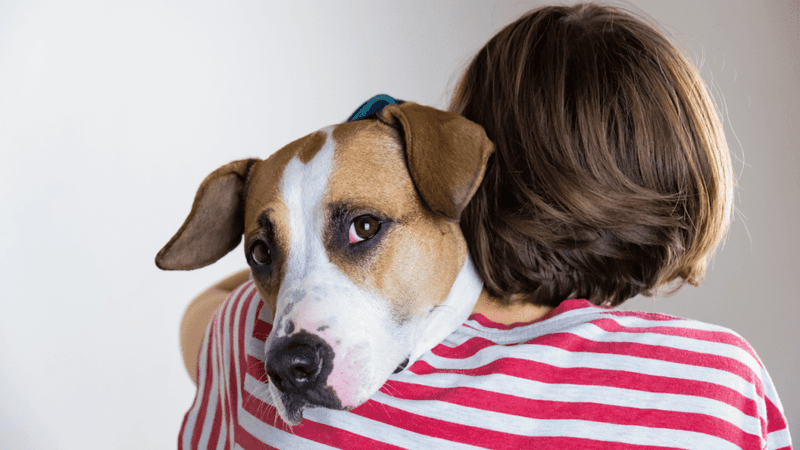
That bear hug you love giving? Most dogs secretly hate it! Restraining a dog’s movement triggers stress rather than comfort.
Watch for telltale signs: lip licking, looking away, stiff posture, or the infamous “whale eye” (showing whites of eyes). Instead of full-body hugs, try gentle scratches behind ears or under chin – spots most dogs genuinely enjoy.
9. Inconsistent Schedules
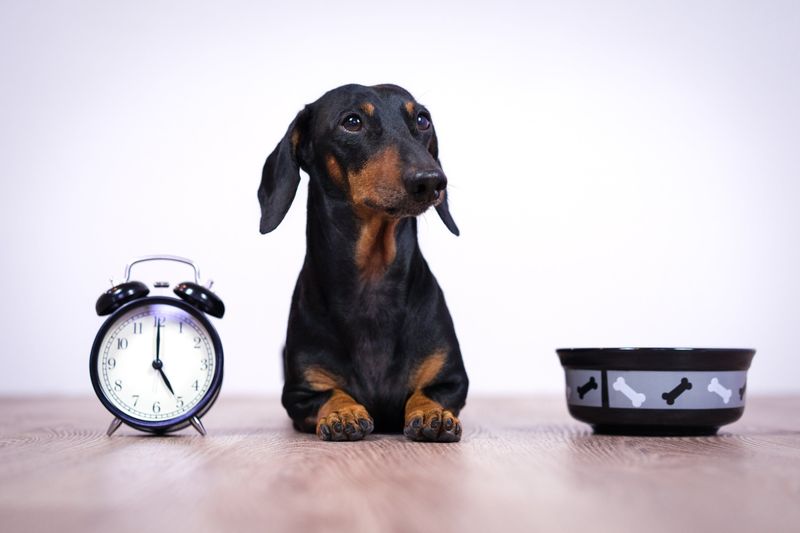
Time means everything to your four-legged friend! Dogs thrive on routine and can actually tell time through their incredible internal clocks.
Unpredictable feeding, walking, or bedtimes create genuine anxiety. They don’t understand why dinner is at 5pm one day and 9pm the next. Stick to regular schedules whenever possible – your dog’s stress levels will thank you.
10. Punishment After The Fact
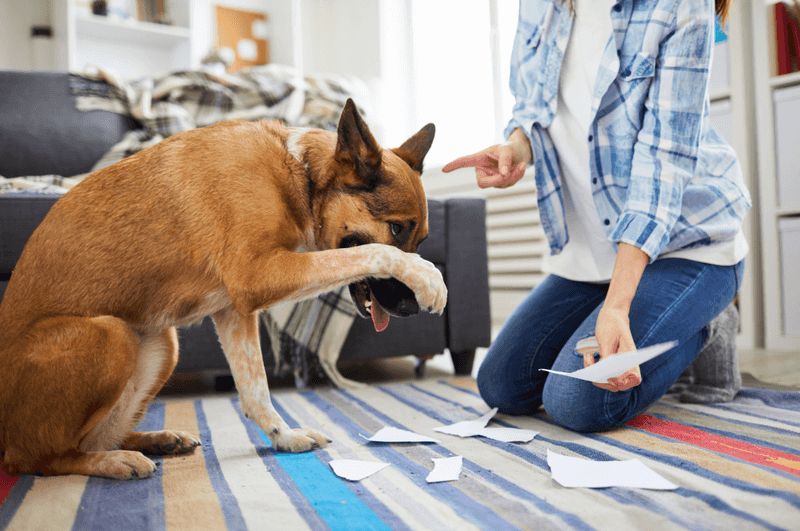
Found a shredded pillow hours after the crime? Scolding your dog now is pointless – they can’t connect past actions with present punishment.
That “guilty look” isn’t remorse; it’s fear of your reaction based on previous experiences. Dogs live in the moment and need correction within seconds of misbehavior. After-the-fact punishment only creates confusion and damages trust.
11. Forced Interactions
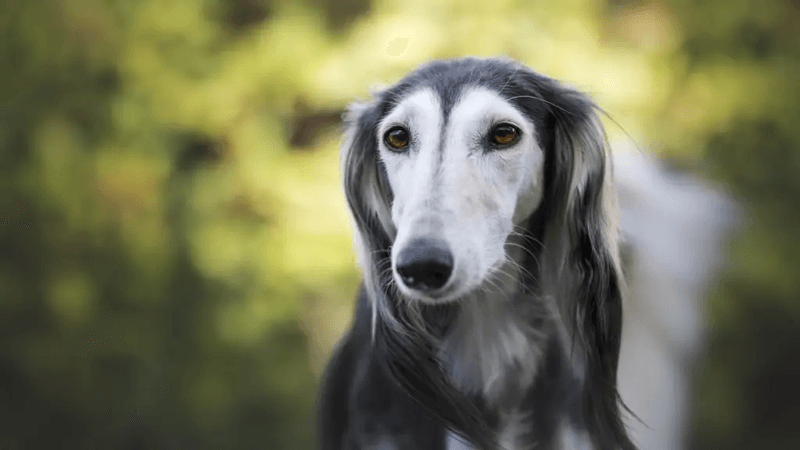
Making your dog endure uncomfortable greetings isn’t doing them any favors. Not every dog wants to meet every person or pet they encounter.
Forcing shy or fearful dogs into social situations can create lasting anxiety. Respect your dog’s body language when they back away or hide. Be their advocate by telling others, “Sorry, he needs space right now.”
12. Yelling During Training
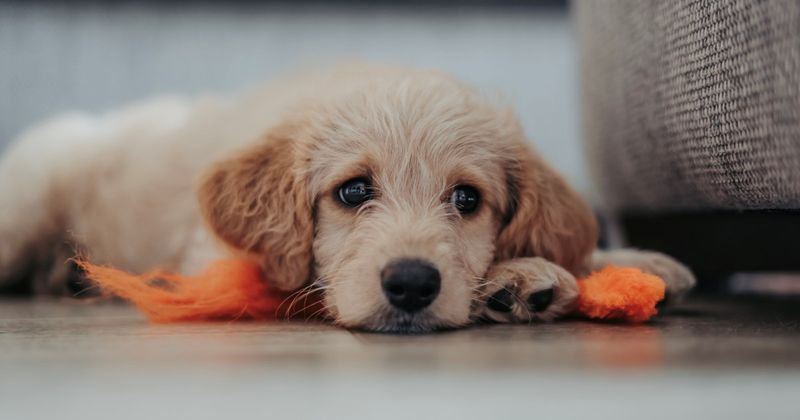
Raising your voice doesn’t clarify commands – it actually shuts down your dog’s ability to learn! Loud reprimands trigger stress hormones that block cognitive processing.
Your frustrated “SIT! SIT! SIT!” sounds like meaningless noise to confused canines. Keep training sessions positive with clear, calm commands and immediate rewards for correct responses. Patience builds confidence faster than volume.
13. Overwhelming Scents
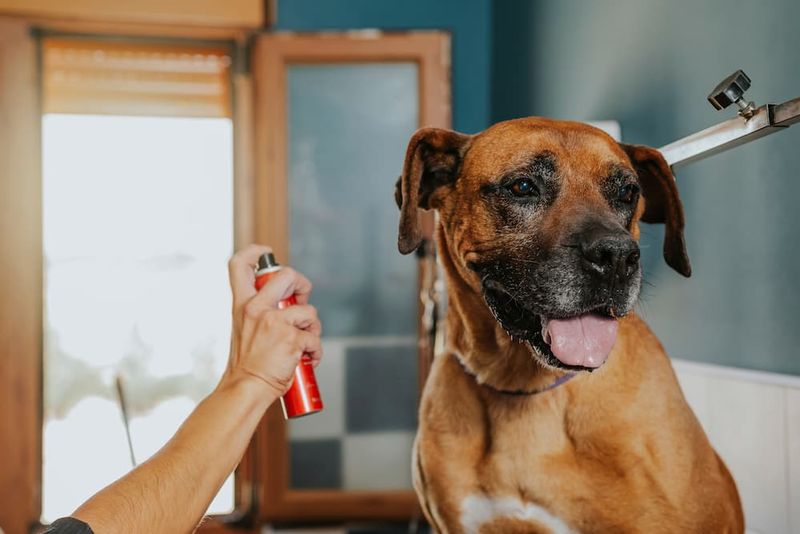
Your fancy perfume might be pleasant to you but overwhelming to your dog’s sensitive nose! Dogs have up to 300 million scent receptors compared to our measly 6 million.
Strong household cleaners, air fresheners, and personal fragrances can cause genuine discomfort. Opt for unscented products when possible, especially near their sleeping areas and food bowls. Their superior sniffers will appreciate the consideration.
14. Mixed Signals
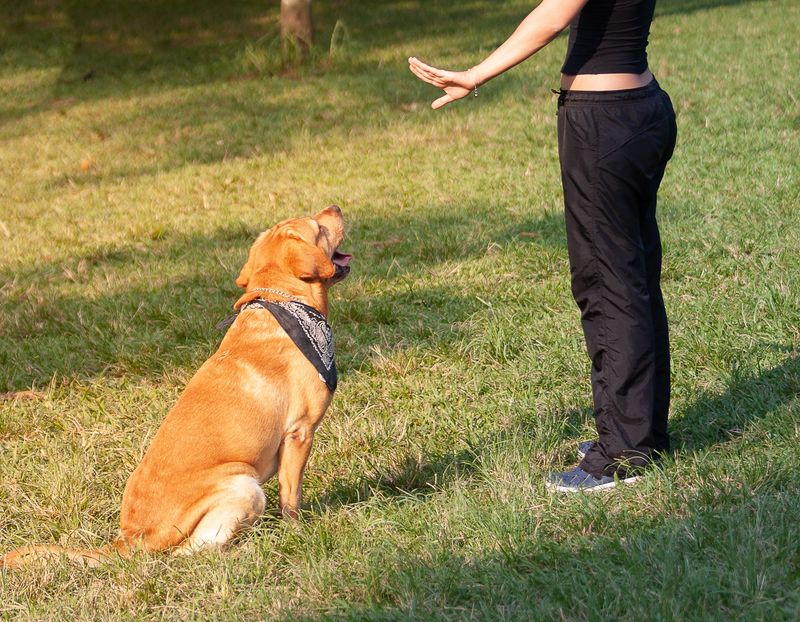
Laughing when your puppy jumps up but scolding the same behavior later sends confusing messages. Dogs can’t distinguish “cute now, bad later” scenarios.
Be consistent from day one about which behaviors earn rewards versus corrections. This includes consistent command words – decide between “down” or “off” for jumping and stick with it. Everyone in the household should use identical cues.


